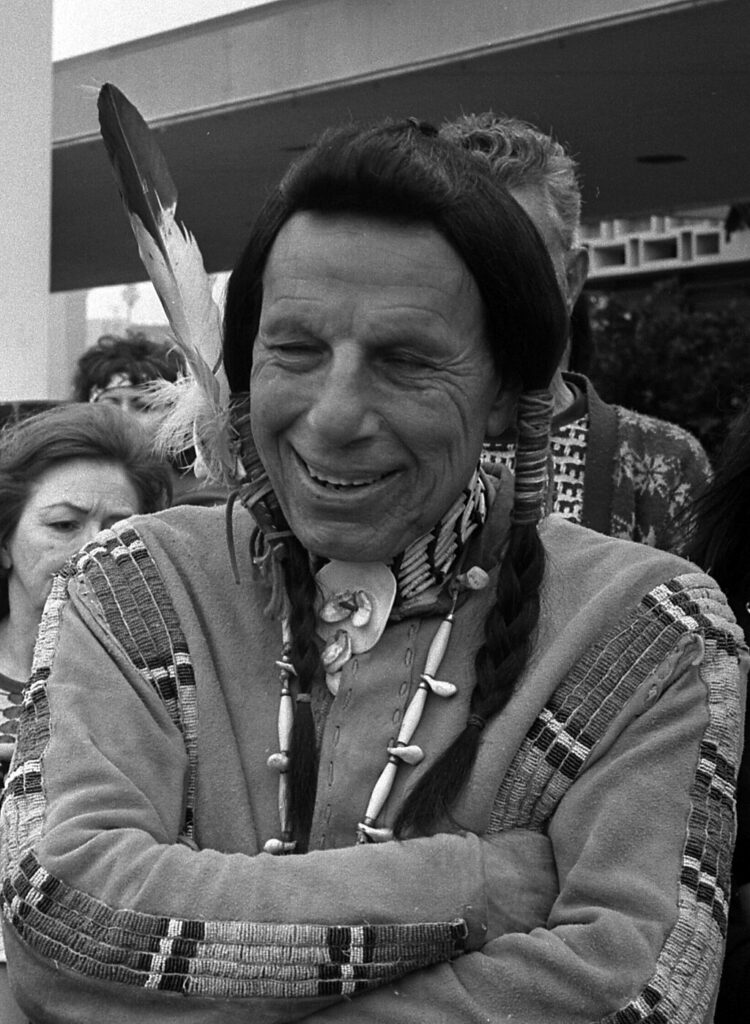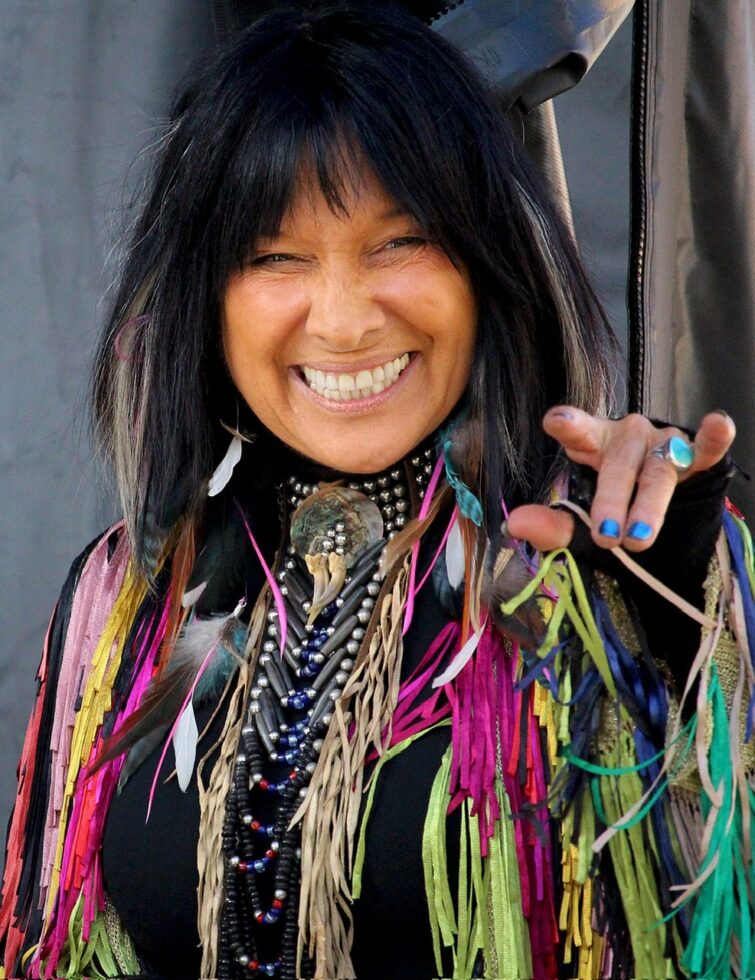TW: racism and sexual predators (prison sentencing link)
Last month, the CBC ran this story about a Canadian woman sentenced to three years in prison for committing a unique kind of fraud: by falsifying birth information for her two daughters and claiming they had Indigenous heritage, she was able to access government funds earmarked for Indigenous people.
In 2021, Carrie Bourassa, a university professor and highly-regarded Indigenous health researcher, was heading up a government Indigenous health institute and giving teary TED Talks about becoming a success after growing up in a deprived and dysfunctional Métis family.
However, after investigations by the CBC and others, it was determined that her parentage was Russian and Eastern European, with no qualifying Indigenous ancestry. Her university had accepted her First Nation status claims on the basis of self-identification without further scrutiny, as was their policy.
Bourassa is apparently not the only academic to pull this kind of shit.
Pretendians like Bourassa are not new, nor are they exclusive to Canada. Numerous non-Indians on both sides of the border are sucking up funds designated for Indigenous people’s scholarships, business development, and community projects.
More shockingly, some of this pretendian financial fraud has been traced back to white-supremacist anti-Native political groups, presumably as part of their “bleeding the Beast” strategy for undermining the government and–of course–getting their racist kicks by denying Native Americans and Indigenous people of Canada their own resources, again.
Here’s a new one: In Canada you can avoid a long prison sentence by claiming to be Indigenous, as there are federal court rulings that mandate more lenient sentences for First Nations people.
Like the universities, the courts don’t make you prove you’re Indigenous before they let you off with a slap on the wrist–they just take your word for it.
Part of the pretendian problem is a lack of reliable records and standards for determining Indigenous status. Accurate ancestral documentation for Indigenous people can be hard to come by due to centuries of systemic erasure. Additionally, institutions fear being labeled as biased or colonizing if they require evidence of heritage. Identification requirements for Indigenous benefits tend to be lenient, and therefore an easy bar for pretendians to surmount.
This abuse of Indigenous benefit programs by White people is sometimes called race-shifting; it’s a conscious and targeted taking of money/work/space from Indigenous people, and it has rapidly ballooned over the past several years (much to the chagrin of Indigenous organizations on both sides of the border).
But there’s another type of pretendian, one that’s not interested in financial crimes or racist politics: persons of European descent who seem to have an earnest and sympathetic desire to *be* Indigenous, not just claiming Indian status, but ultimately morphing their physical and social beings into a permanent Indian-presenting identity.
One of the most famous pretendians of this sort was Espera Oscar de Corti, aka “Iron Eyes” Cody, a Louisianan of Italian descent who really, really wanted to be an Indian–so much so, he made it his business for decades to portray Native Americans in film and TV, and walked around in “Indian” costumes, braids, and moccasins in his public life off the set.
He is perhaps best known as the “Crying Indian” in the 1970s anti-littering TV campaign by Keep America Beautiful. Viewed millions of times, these commercials gave him street cred as the most iconic “Indian” of our time, and catapulted him into the cultural spotlight.

Probably as a result of his popularity, Cody’s Native American status was never questioned, despite the suspicions of real Native American actors like Jay Silverheels (Tonto of Lone Ranger fame).
Cody did more that just play the part; he was consulted by film productions on Native American practices, and he did lecture tours about Indian culture. He did charitable work for Indian causes and received many honors for his community work. His Indigenous identity fraud was not revealed until a few years before his death in 1999, but he continued to insist until the very end that he was the real deal.
Unlike overtly racist fraudsters, pretendians like Cody tend to associate with and give back to Indigenous communities, earning social points and gratitude for boosting signal on Indian issues. These pretendians don’t scam primarily for money, though they certainly don’t hesitate to enrich themselves through their pretendian identities.
No, the benign* pretendian seems to want a romanticized identity, high visibility, approval, and love for their noble character and good works.
Until they are outed as fakes, they sure get that love, from white and Indigenous consumers, political activists, and even Oscar winners.
But once their true identities are revealed–often after decades of deception–that love can sour into hate, scorn, denial, and frantic re-examinations of what Indigeneity is and who qualifies for it.
Which brings us to Canada’s** most recently unmasked, highly successful, and sorely resented pretendian: popular folksinger and activist Buffy Sainte-Marie.
There’s no doubt about Sainte-Marie’s musical talent and writing skill. After sustaining a successful music career since the 1960s and winning numerous awards (including an Oscar and an Indigenous Music Award), her pretendian cover was blown in late 2023 by another CBC investigation. Despite the decades of leather-and-feather wardrobe and passionate performances centered on Indigenous peoples’ suffering, she was discovered to be the child of English and Italian parents and to have lied numerous times–excuse me, I mean “been inconsistent”–about her Indigenous origins.
These revelations shocked Canada and Sainte-Marie’s fans around the world, many of whom insist (as does Sainte-Marie herself) that, despite documents and family members attesting otherwise, she is an Indigenous person.
So is she or isn’t she?? Only her publicist knows for sure.
I’ll take a closer look at Buffy Sainte-Marie in The Pretendians, Part 2: The Sesame Street Years (stay tuned, like that mouth bow!)
* by “benign” I mean “less toxic but just as racist as other pretendians”
**Sainte-Marie claims Canadian Indigenous heritage, but she was born in the U.S. and admits to not having a Canadian passport.

